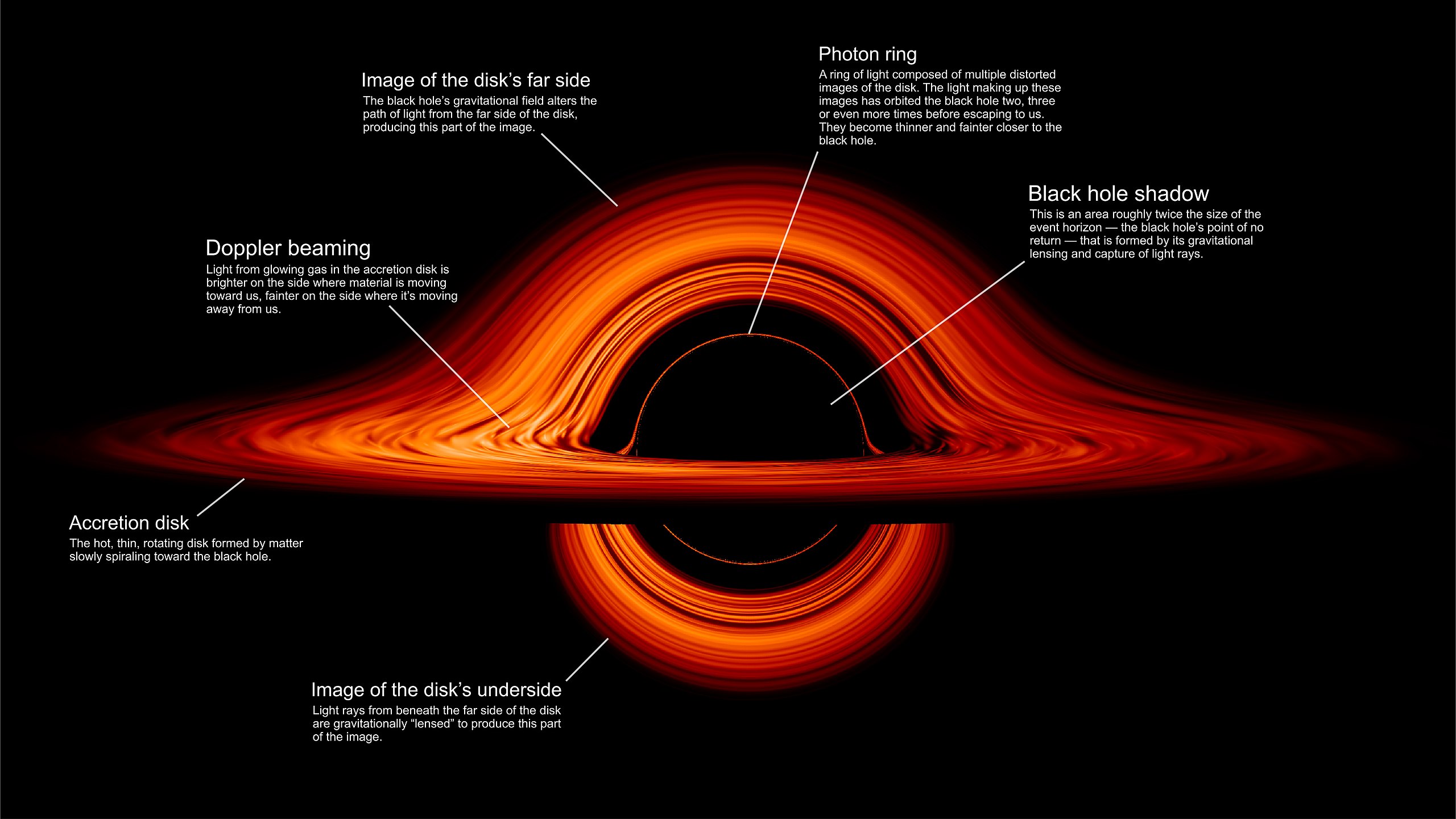
Non-linearly charged black holes: Shadow and Thin-accretion disk
In this paper, scientists explore the impact of a magnetically charged non-linear electrodynamic (NLED) black hole on various physical parameters. NLED studies how electric and magnetic fields behave under extreme conditions, offering an alternative to general relativity (GR) aimed at addressing singularities and energy divergence issues. Understanding black holes is crucial for testing GR predictions, as black hole physics explains a significant portion of the gravitating universe. Despite the difficulty in detecting black holes, recent observations by the EHT and SOFIA have revealed polarized light from black holes, providing valuable insights into their physics. The study also examines the thin, opaque accretion disks surrounding black holes, where the gas radiates energy due to strong gravitational forces, allowing the testing of gravity theories through emitted radiation.
The study investigates the behavior of the photonsphere, influenced by the NLED parameter and magnetic charge. The writers observed that the magnetic charge generally increases the photonsphere radius proportionately whereas the effect of the NLE parameter differs. This study shows that these changes make the black hole’s shadow appear larger to a distant observer. Using data from the supermassive black holes M87* and Sgr A* they find that M87* can match the observed shadow size for certain magnetic charge values. As the NLED parameter increases, the range of possible magnetic charge values also increases.
The scientists then examine how the NLED parameters and magnetic charge affect the energy flex, temperature, luminosity, and spectrum of the accretion disk. They find that increasing the NLED parameters increases all these parameters and makes the radiation spectrum differ from that of a standard Schwarzschild black hole. On the other hand, increasing the magnetic charge has the opposite effect. The changes in the spectrum due to magnetic charge are more noticeable than those due to NLED parameters, encouraging a closer look at the magnetic charge’s effect on the black hole’s shadow. To do this, scientists used a software tool to study the emission profiles of stable black holes and see how magnetic charge affects these profiles. They find that direct emission is the main contributor to the shadow image in most cases, but in one model the losing ring (light bent around the black hole) plays a significant role due to the magnetic charge.
Finally, they study how magnetic charge affects spherical accretion flows (when materials fall into the black hole from all directions). They find that higher magnetic charge decreases the peak observed intensity. This effect is seen in 2D shadow images, where higher magnetic charge results in lower brightness.
In conclusion, the research shows how magnetic charge and the NLED parameter significantly affect back hole properties and the radiation from accretion disks. Future studies could explore other variables and further implications for our understanding of black holes and the universe.

